Location
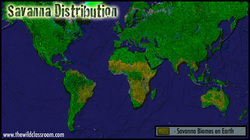
Some locations of savannas include:
Africa - Kenya, Tanzania, Zimbabwe, Botswana, South Africa, and Namibia
Australia
Central America - Belize and Honduras
South America - Venezuela and Columbia
Southern Asia
Africa - Kenya, Tanzania, Zimbabwe, Botswana, South Africa, and Namibia
Australia
Central America - Belize and Honduras
South America - Venezuela and Columbia
Southern Asia
Abiotic Factors
Abiotic factors are chemical and physical factors of the environment like climate and soil type - 'non biology'
The abiotic factors of the tropical savanna include frequent fires from seasonal lightning, seasonal rainfall, times of drought and times of great rains, high temperatures, and a compact soil.
The abiotic factors of the tropical savanna include frequent fires from seasonal lightning, seasonal rainfall, times of drought and times of great rains, high temperatures, and a compact soil.
- Solar energy input is affected by season, cloud cover and changes in the Earth's orbit.
- Climate are rainfall, wind and high temperature
- Oxygen availability
- Pollution in the air, water land
- Catastrophes are like earth quakes that disrupt the conditions
Native Plants
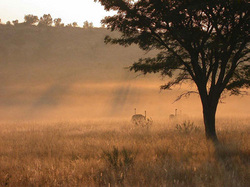
There are many types of plants in the savannah such as Prickly Acacia (Acacia nilotica), Rubbervine (Cryptostegia grandiflora), Mesquite (Prosopis spp.), Lantana (Lantana camara and L. montevidensis) and Prickly Pear (Opuntia spp.)
Native Animals
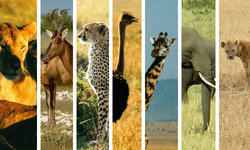
There are many types of animals in the savannah such as Lions, Hyenas, Elephants, Giraffes, Ostrich, Zebras and Buffalos.
Competition Between Animals
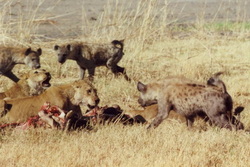
Well, a young lion may have caught a small gazelle, or such, and then what happens when a pack of hyenas come? Well, they would most likely compete for the food.
Cooperation Between Animals
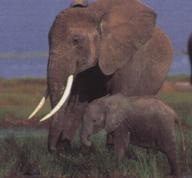
The elephant has a special job in savannas. They keep the savannas clear by eating shrubs and trees which helps the grass grow. This allows the many grazers on the savanna to survive.
